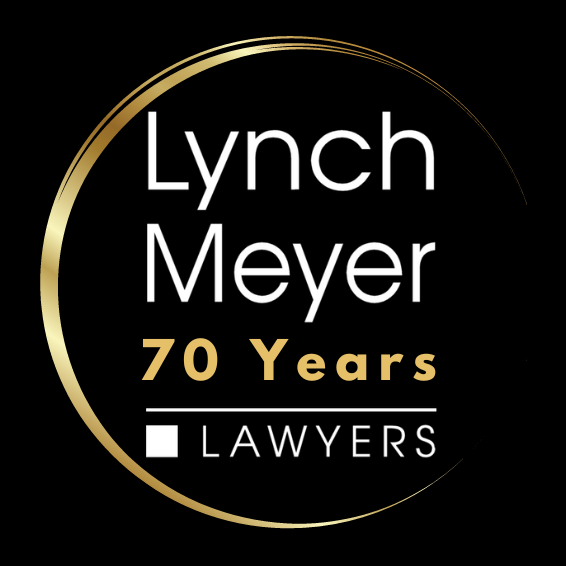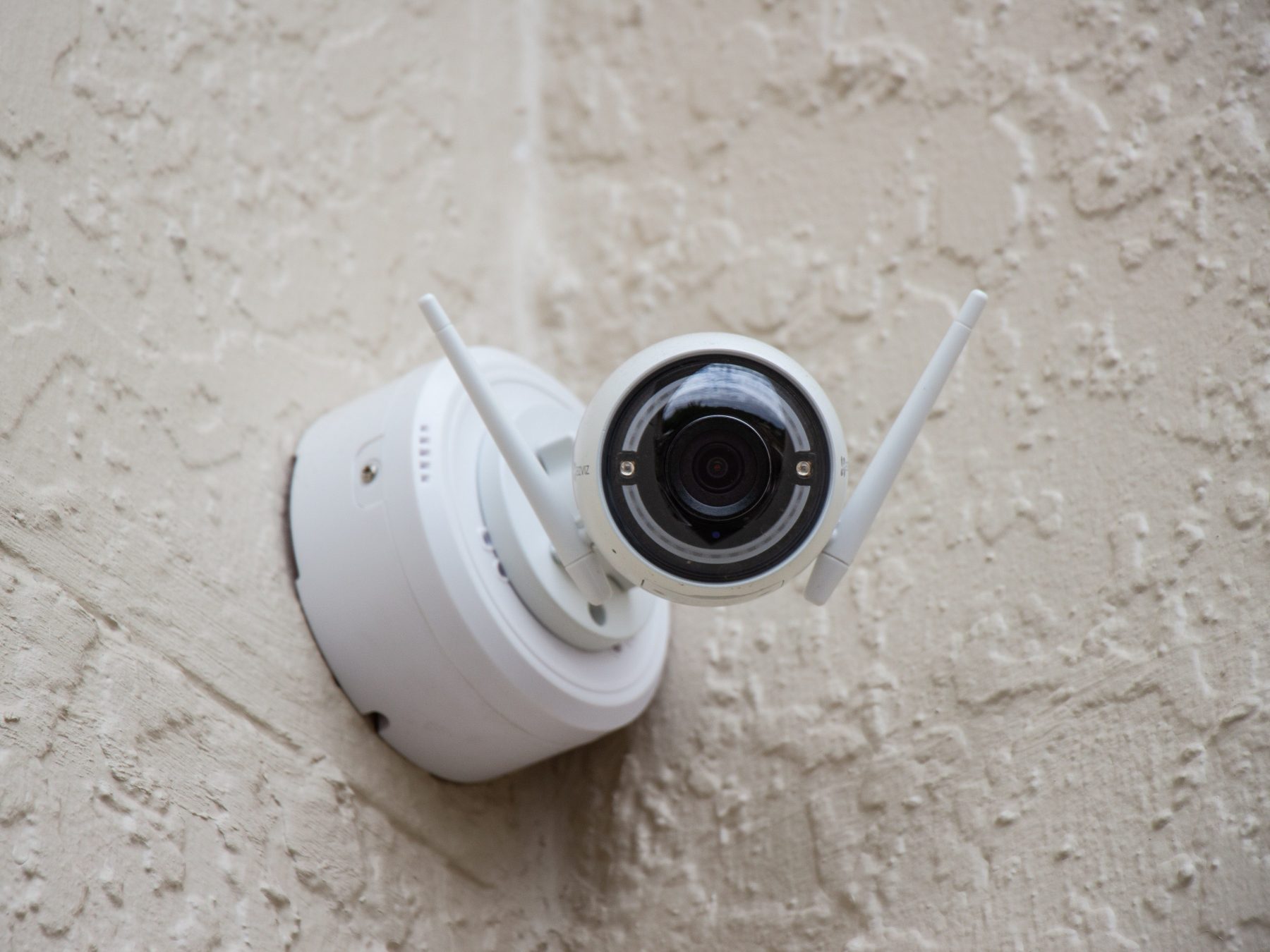Video surveillance law for the workplace and home
Posted on January 19, 2021
Video surveillance is increasingly a fact of everyday life.
The cost and size of the equipment have shrunk, and there has been an explosion in the range and number of areas and applications of its use.
Three areas in particular include:
- Dashcams in cars, use of GoPros and other specialist cameras, and surveillance by drones;
- CCTV camera systems in or around private residences, as well as factories, offices, workplaces and on the street, webcams, and ‘video doorbells’ such as Ring;
- The use of smart phones as video recording devices.
The law
The law in South Australia changed just over three years ago to tighten up on the use of ‘optical surveillance devices’. The Surveillance Devices Act 2016 draws the line between surveillance and capture of audio and video (with or without a soundtrack) - different rules apply.
Audio surveillance
You must not listen in to or record ‘private conversations’. These are where the circumstances show or suggest that at least one of the parties wants only the participants to hear the conversation.
However, it is not a ‘private conversation’ if all the parties reasonably expect that it may be heard by a non-party.
For example, if I have a hushed chat with a friend, sitting next to each other on a bus, this is a private conversation. But if we sit apart and talk to each other in loud voices on a crowded bus, it is no longer a private conversation.
Phone calls are generally ‘private conversations’, regardless of technology, whether it be landline, mobile phone, Skype or other VOIP system including Zoom or Microsoft Teams (with or without video).
If you record not the sounds but the electrical signals ie. before they become a sound, you are in effect ‘intercepting’ a telecommunications signal. This is a criminal offence under federal telecommunications interception legislation. If you want to record a phone call, and assuming that it is legal in the circumstances to do so, you must take the recording from the loudspeaker.
To recap, the test is based on whether the circumstances show the following:
- does one or more of the participants want only the participants to hear the conversation; and
- do all of the parties reasonably expect that no one else can hear the conversation.
Video surveillance
You must not make video recordings of a private activity unless all of the participants consent (whether expressly or impliedly).
At the heart of the prohibition is the surveilling or recording of a ‘private activity’. This is where the person involved in the activity (or if there are two or more people, at least one) desires to keep it private, ie. not be observed by any other person. If so, then generally you cannot use an ‘optical surveillance device’ (OSD) to watch or record the activity.
The prohibition is against installing or using or maintaining an OSD. The ban is ‘technology agnostic’ – it does not matter whether it is videos or photos, or whether a video camera or smart phone or other type of vision capture device is used, nor whether the camera is wired or wireless (ie wi-fi connected). However, telescopes or binoculars or the like are allowed, because they are not an OSD.
The key is what is a private activity, and the ‘public place’ exception is important here; an activity which is otherwise private is not so if it is done in a public place, or is readily observable from a public place.
So it is lawful to install CCTV to watch and record a public footpath or road. Equally, if your neighbour’s front garden can be readily observed from the road, you may point your CCTV cameras to capture that.
What you must not do is point CCTV cameras to watch a neighbour’s backyard, or ‘over the fence’, or to look through a neighbour’s window - unless these can be ‘readily observed’ from a public place.
Use of a dashcam or GoPro should be legal because it will usually be used in a public place or perhaps, in a private venue readily observable from a public place. For that reason a video doorbell (eg Ring) will usually be legal. But once again, care is needed in places such as on a private driveway or road, or out of sight of the public. And use of a drone incorporating a camera poses the same (and other) problems.
CCTV camera placement can cause much grief in neighbour disputes. If the system can view and record ‘private activities’, then the only general defence is if its use is ‘reasonably necessary for the protection of the lawful interests of that person’. This is a narrow test.
The cases show that it is not enough simply to want to obtain an advantage in legal proceedings, or to have a reliable record of a conversation or activity. However, it may be permissible if it is to uncover a crime or resist an accusation of a crime, or if there is a genuine concern for a person’s safety. It very much depends on the particular circumstances, and each case is judged on its own merits.
There are also exceptions for law enforcement, ‘public interest’, and similar. Many police forces have embraced video surveillance enthusiastically. Adelaide Crows star Brad Crouch found this out last year, when he was busted in possession of an illicit substance by police who used real-time CCTV to catch him and team mate Tyson Stengle as they were getting into a taxi at 5.15am in the Adelaide CBD.
There are those who are enthusiastic about the widespread use of CCTV surveillance, and the safety and security which it may provide, unconcerned about the slight loss of privacy which it entails. They might pause to remember the words of Benjamin Franklin from the 18th century – ‘Those who give up essential liberty, to purchase a little temporary safety, deserve neither liberty nor safety’.
Other problem areas arise where surveillance cameras are used in (for example) an Airbnb rental (sometimes ‘covert’ or ‘pinhole’ cameras). If these are inside the premises, this is not acceptable. More acceptable are external or ‘perimeter’ cameras, but even then caution is needed. Cameras should never be positioned in bathrooms or changing rooms.
In similar vein is where cameras are used to monitor employees who the employer thinks are ‘slacking off’, or cleaners, babysitters, or tradies. Remember the test is this; is there express or implied consent from the person, or all of them? Unless they know, they cannot consent.
What is implied consent in this context? If a person is told that they are going to be monitored, or if the cameras are very conspicuously positioned (and have flashing red LEDs to show they are operating), and the person does not object, or just carries on regardless, this probably amounts to implied consent. It might also negative any possible indication that the person ‘does not desire… to be observed by any other person’ - if people know that they are going to be observed, or a video capture taken, this may suggest that they ‘do not desire’ to keep the activity private. But if the person has no real choice, it does not necessarily signal consent.
Clearly great care is needed. Prominent signs or notices should be used to alert people to the use of CCTV in a non-public place. And although it may be ‘over the top’, written consents or forms can be a good idea and can avoid disputes later on.
The Surveillance Devices Act 2016 also applies to the use of tracking chips on vehicles, people, or things. This may be the subject of a later article.

